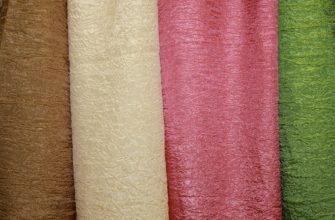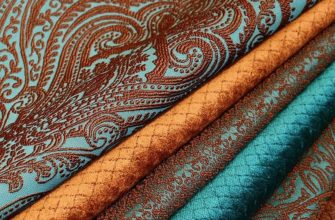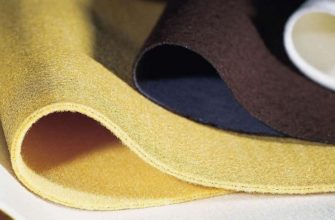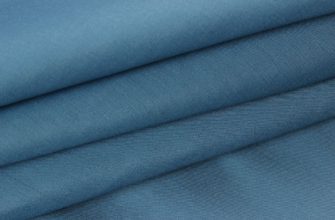Since time immemorial it was believed that there is nothing better than natural things. However, times are changing and despite the super eco-friendliness and breathable properties of cotton, its weak points still get in the way. Shrinkage and creasing spoil the impression of things.
Polyester, in turn, is bad because it does not let air through and does not retain heat, but at the same time it does not wrinkle and is more wear-resistant. Therefore, it was decided to combine these two types of fabric and create a material with a mixed composition. One of these is called polycotton. It has all the best properties - good appearance, reasonable price, does not wrinkle and lasts a long time.
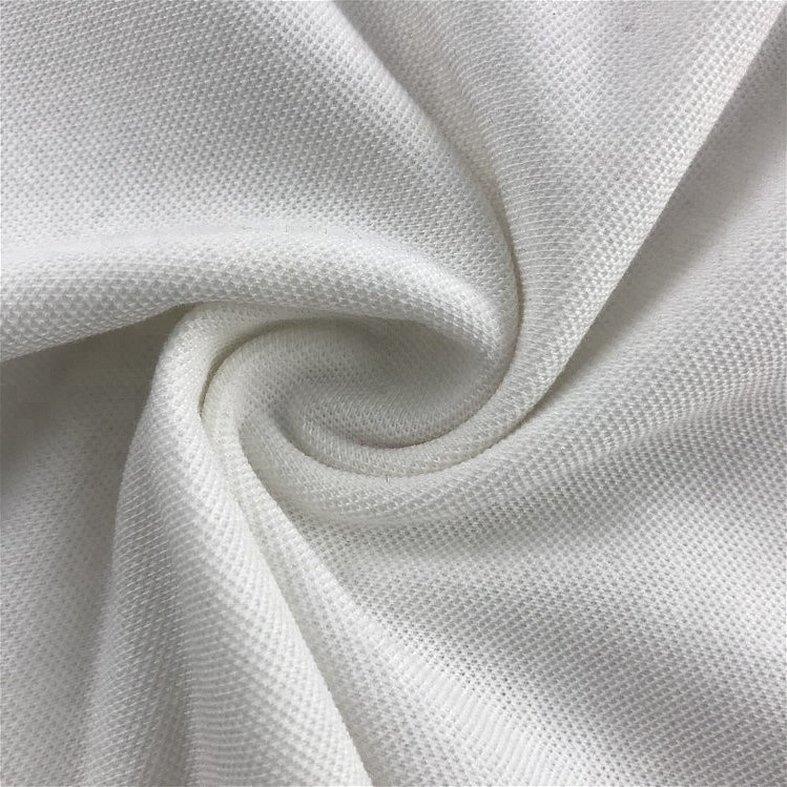
Characteristics and composition of the fabric Polycotton
As already written, polycotton is a mixed fabric. It appeared in the middle of the 20th century. It combines polyester and cotton fibers. The method of their interweaving is plain. Since its appearance, polycotton has been a very popular material all over the world. The composition may vary.
The most popular combination is 65% polyester and 35% cotton. This option is affordable, but also very high-quality and practical. If the opposite is true - 65% cotton and 35% polyester, then the fabric is expensive, but at the same time as close to natural as possible. The composition of 15% and 50% cotton is also common.

Regardless of the composition of polycotton, it is characterized by the following properties:
- high strength and wear resistance;
- air permeability;
- absorbs moisture well;
- does not fade;
- the colors do not fade even with frequent washing;
- wrinkle resistance;
- easy to care for;
- a variety of color solutions, including prints;
- products made from such fabric will look decent;
- affordable cost.
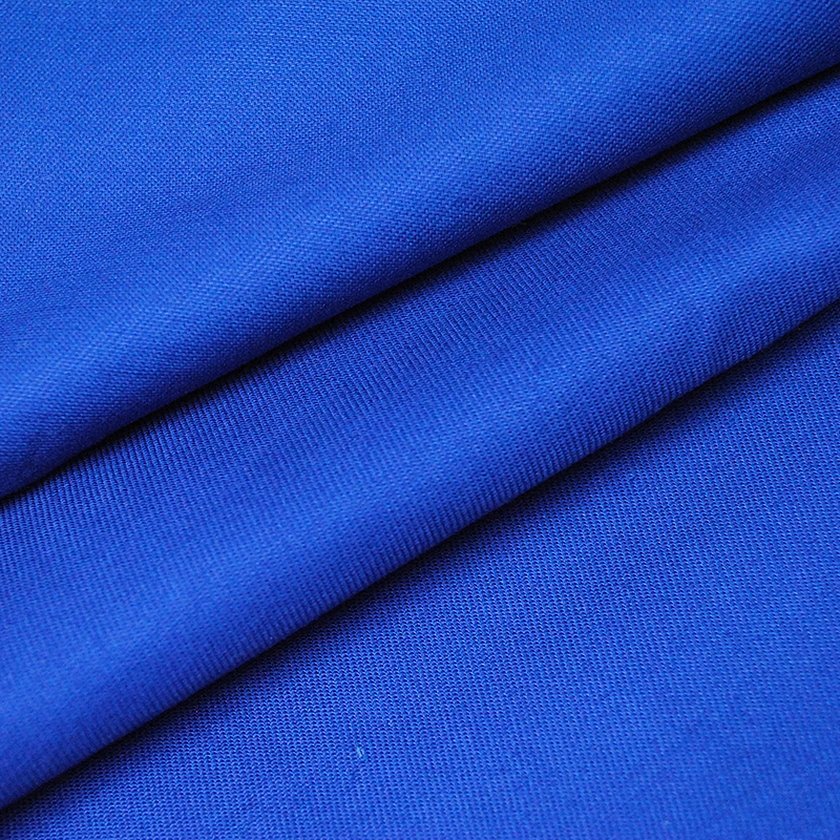
As for the last point, it depends on the fabric composition, density and manufacturer. The most expensive fabrics are produced in the USA. However, the most popular are materials from Pakistan. This is explained by the good quality of the fabric and at the same time an acceptable price. Domestic manufacturers and Türkiye also produce good fabrics, the price starts from 2 dollars.
The cheapest fabrics are produced in China, but as a rule they are of very low quality, and the percentage of polyester in the composition tends to 100 (accordingly, the resulting fabric is absolutely unpleasant, electrifies, rots and wears out quickly).
Care instructions
One of the properties of polycotton is its ease of care. However, there are still a number of rules that are recommended to be followed.
- Wash items inside out, especially bedding.
- All fasteners must be fastened before washing.
- Do not overuse bleaching agents.
- Wash with liquid or regular powders for colored items.
- Maintain a temperature of no more than 40 degrees.
- When machine washing, select the “Silk” or “Synthetics” mode.
- It is advisable to avoid drying items in direct sunlight.
- Dry on special dryers, having first straightened the product well; avoid drying on a radiator.
- Although things do not wrinkle, sometimes there may be a need for this, in which case choose a low temperature setting on the iron.
Please note! If you follow these simple rules, the product will last much longer without losing its appearance.
Combinations with other types of fibers
Polyester is a material that combines well with a wide range of other fibers:
- Polyamide. The material containing these fibers is very elastic and wear-resistant. At the same time, the products do not lose their appearance even with very frequent use. Women's underwear is sewn from fabric with polyamide, which looks very similar to silk, is pleasant to the body and wears well. Among the disadvantages, one can note the inability to absorb moisture, a tendency to electrification, and lack of heat resistance.
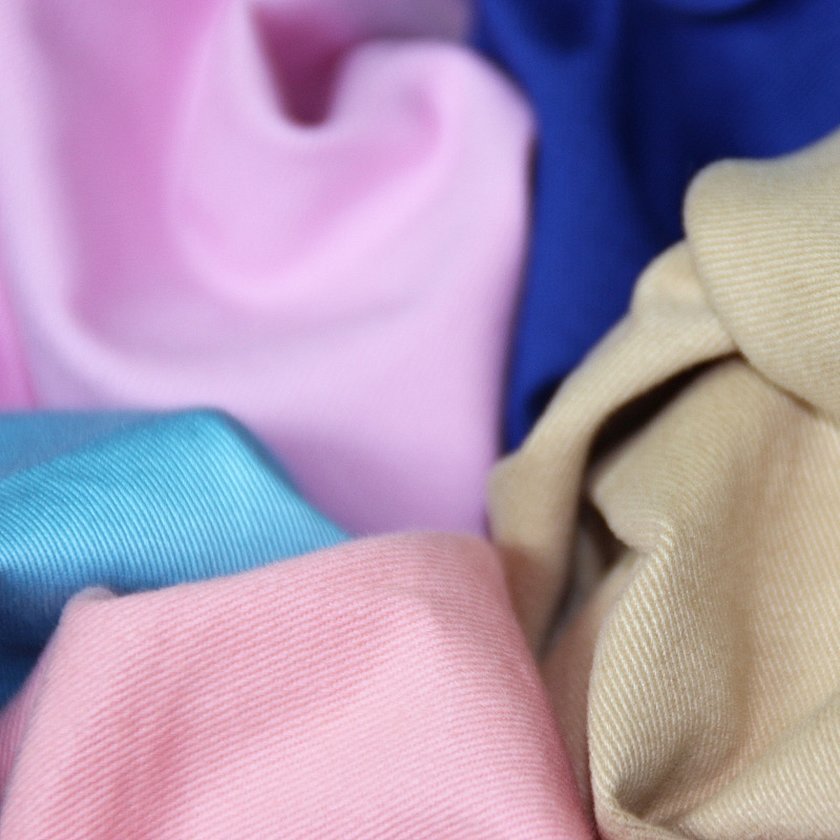
- Spandex. The combination of polyester and spandex gives the product high strength and elasticity. Sportswear, fitted items, hosiery and gloves are sewn from it. The presence of spandex in the composition makes it possible to obtain a relatively thin material that is not bad at letting air through. Among the disadvantages is high sensitivity to ultraviolet rays.
- Cotton. These fibers themselves have good properties: they are breathable, environmentally friendly, and easy to care for. When combined with polyester, the material loses all the disadvantages of pure cotton, so it turns out with improved characteristics. It does not stretch, does not fade, does not shrink, does not wrinkle, and lasts a long time.
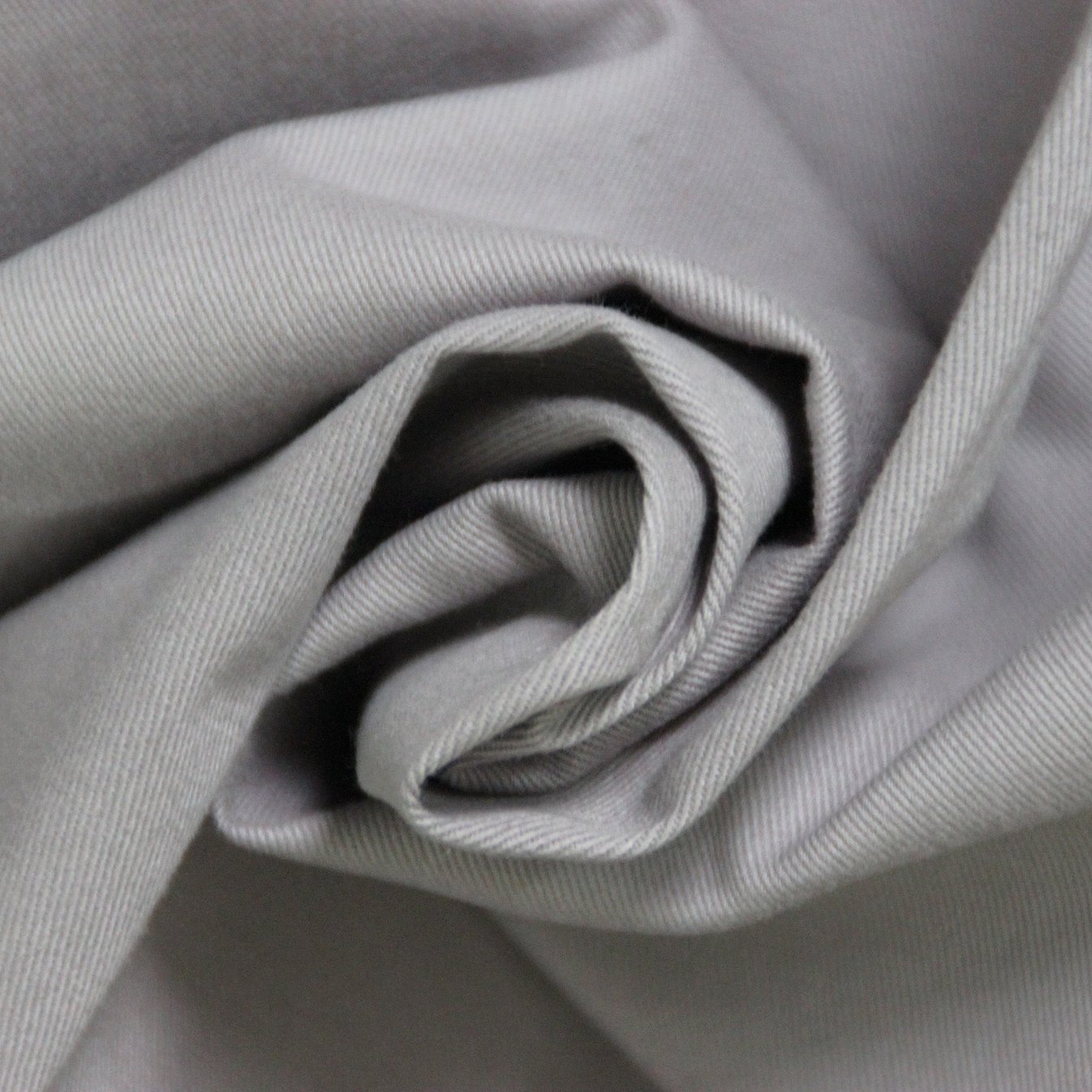
- Polyester in the composition of viscose fabric improves its properties - it perfectly retains its original appearance for a long time, is hygroscopic and holds its color well. Most often, 30% viscose is mixed with 70% polyester. Casual clothing and leisure items are often sewn from such fabric.
Please note! Polyester is often used to make yarn. Its properties are very similar to natural wool, but the cost is much lower. The quality of looped fabric made from such yarn depends greatly on the impregnation applied to it.
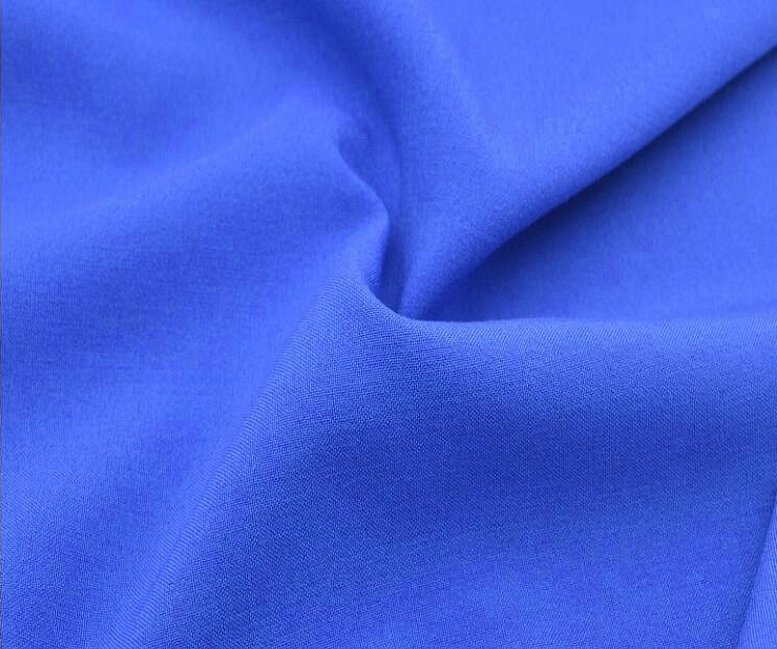
Comparison with other materials
Very often, when choosing a fabric, many hesitate between calico and polycotton. It would seem that in the first case, knitwear with a composition of 100% cotton should be an ideal fabric, but this is not at all the case. Natural fabric has a number of disadvantages:
- shrinks a lot;
- it wrinkles instantly, so you will have to iron it constantly;
- low density (up to 125 g/m) makes the fabric look like “gauze”.
It is the inclusion of polyester in the composition of such fabric that makes it possible to completely or partially eliminate these disadvantages. Only options with a small amount of polyester in the composition (no more than 35%) are comparable with cotton fabrics.
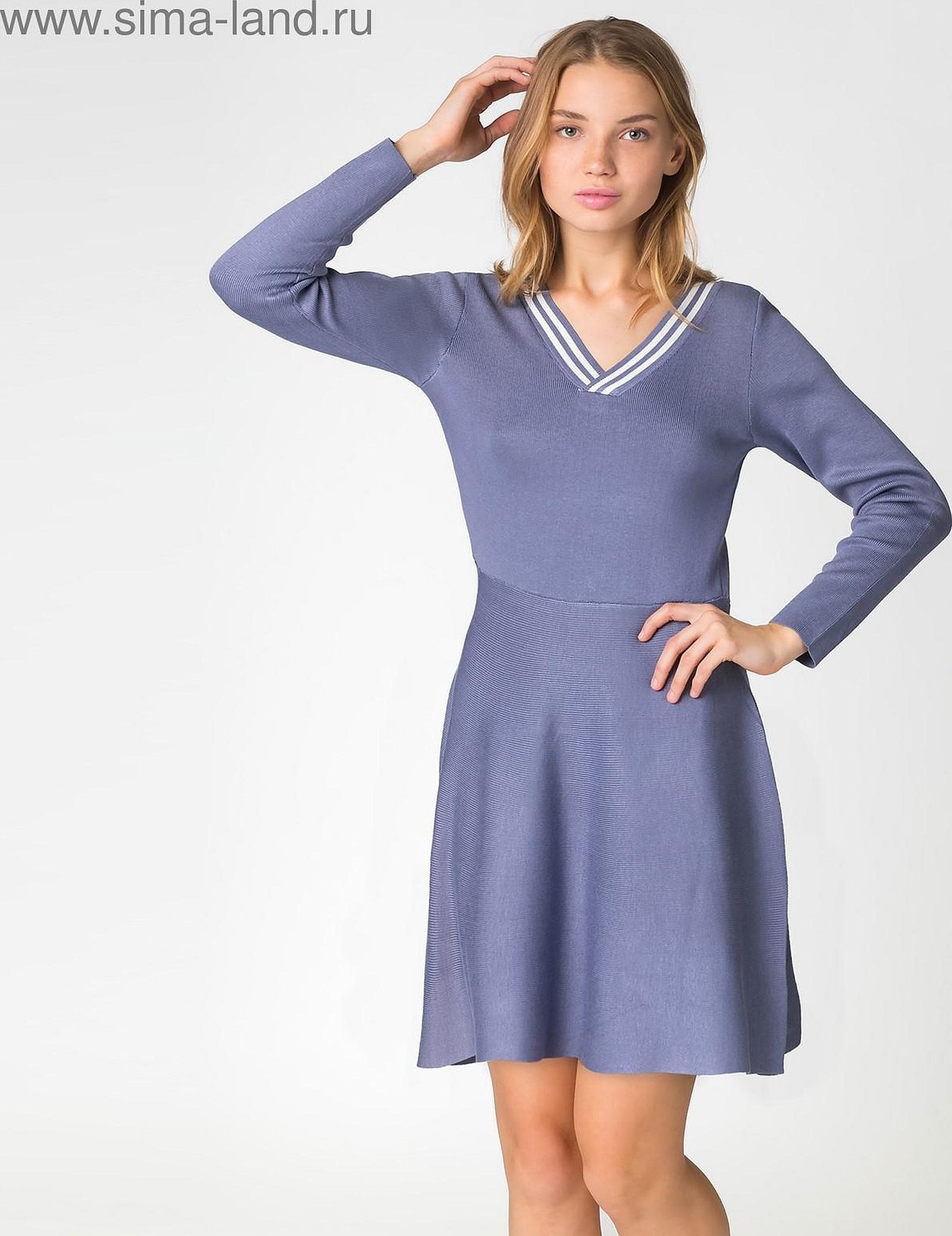
Important! The second fabric that polycotton is often compared to is ticking. In general, the same arguments apply here as in the calico option, since ticking itself is often made from natural materials, and the most successful option for a mixed fabric is 30% polyester to 70% cotton.
Many also compare it with microfiber and velour, but this is not entirely correct. These two fabrics are very different from each other. Microfiber, unlike polycotton, has a fleecy surface, somewhat reminiscent of terry cloth and is most often made from 100% synthetics. Sometimes you can find cotton microfiber, but this is a very high-quality fabric with a corresponding price. Velour has a soft fleecy surface that resembles plush.
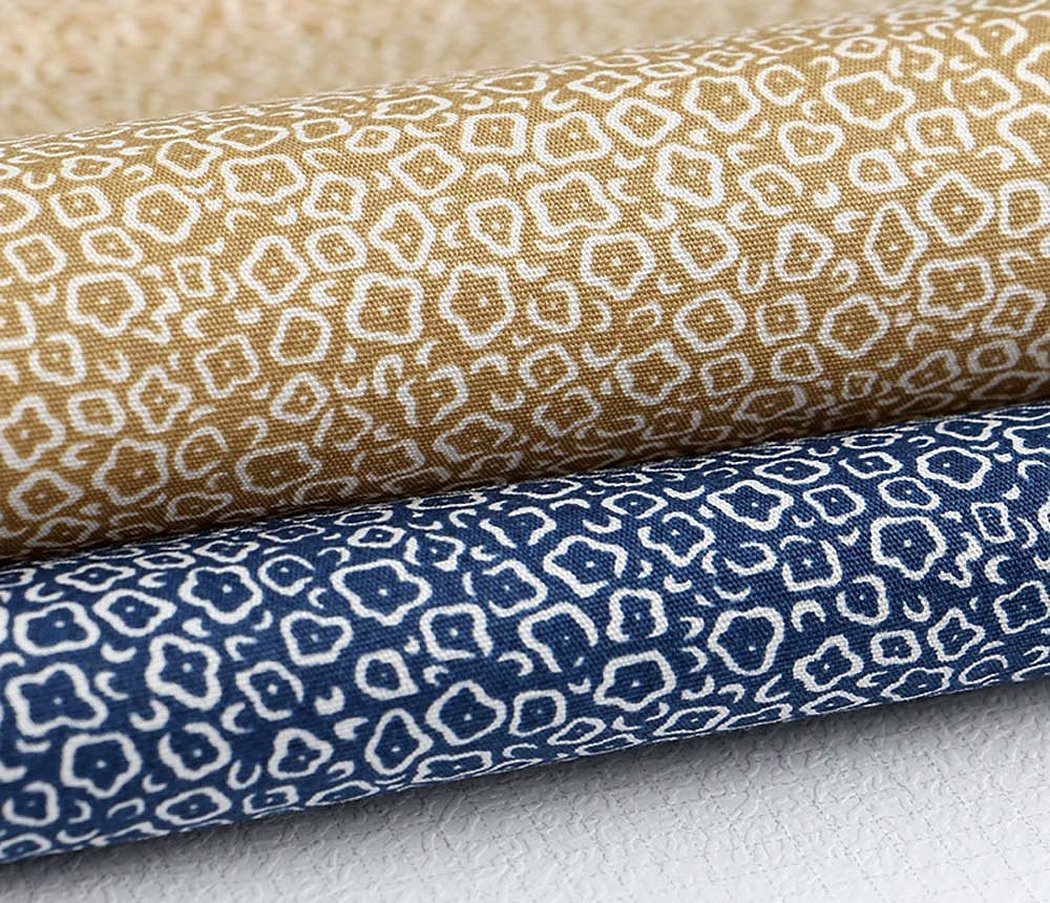
Advantages and disadvantages
Polycotton is a very interesting fabric, which, due to its composition, has a huge number of advantages. The main ones are:
- durability and wear resistance, this is especially good for bed linen, which should not wear out with frequent use and fade;
- wrinkle resistance, which is very good for absolutely any item, primarily due to its convenience;
- the material is easy to dye, so it has a huge variety of colors and prints;
- can be washed without any problems and does not absorb dirt;
- has a very affordable price.

The fabric also has its disadvantages, but they mainly relate to fabrics with a large amount of polyester in their composition:
- does not allow air to pass through well, and therefore becomes damp and sweaty;
- electrifies.
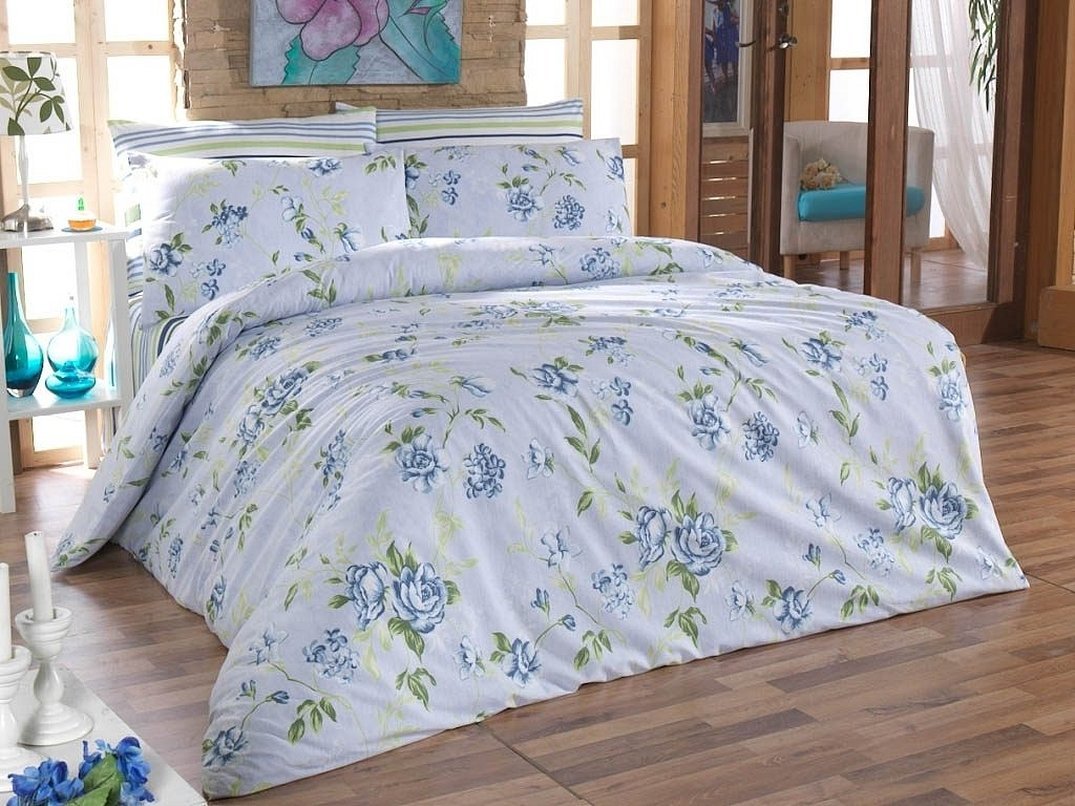
Reviews
Tatyana, Kirov: “When I saw polycotton on sale, I was very hesitant to try it or not. As far as I understood, it is mainly made for bed linen. After trying it to the touch, I decided to buy it. What can I say - it is easy to work with this fabric, I sewed a bed set in one go. After washing, the color did not change, the fabric did not wrinkle. At that moment, I realized - this is my ideal fabric. The price when I bought it was about 150 rubles per meter with a width of 2.2 m. I also liked that the product dried quickly. However, a drawback was discovered - after 2 years of use, the fabric began to clump. But in general, I think that polycotton can be of completely different quality, so in general I recommend it.”
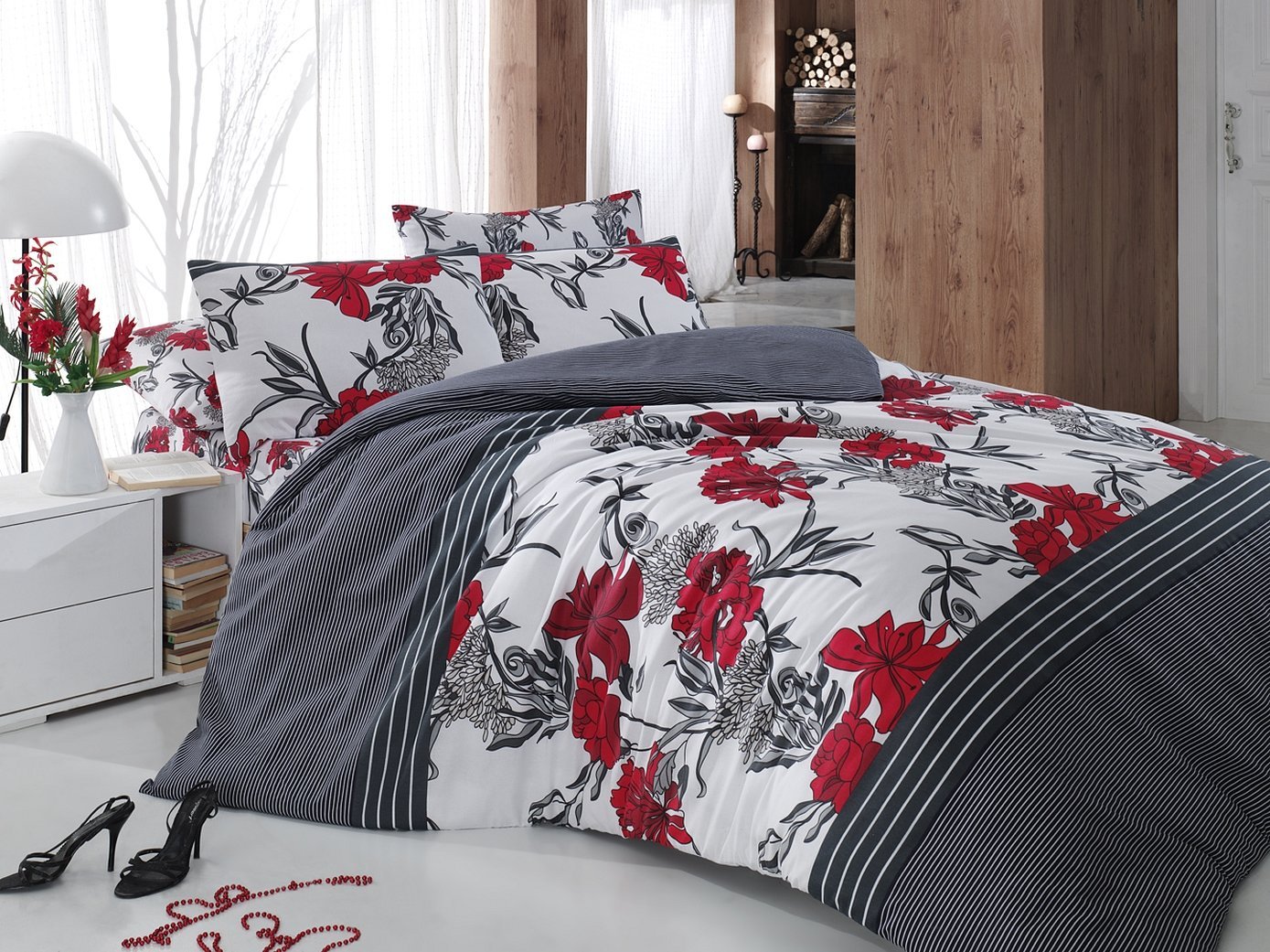
Svetlana, Moscow: “Since I usually can’t find bed linen in stores that would be ideal for me, I decided to sew it myself. The choice fell on polycotton fabric due to the huge selection of solid colors, prints and a pleasant price. Last time I took green fabric with a geometric pattern. The set turned out to be slightly silky to the touch, softer than calico. I washed it at the highest spin, but at a temperature of 30 degrees - the result is excellent, nothing faded and even came out of the machine unreadable. The material is also good in use - the body is quite pleased on such bedding. I will continue to sew entire collections of linen from polycotton, but I will also observe its properties.”
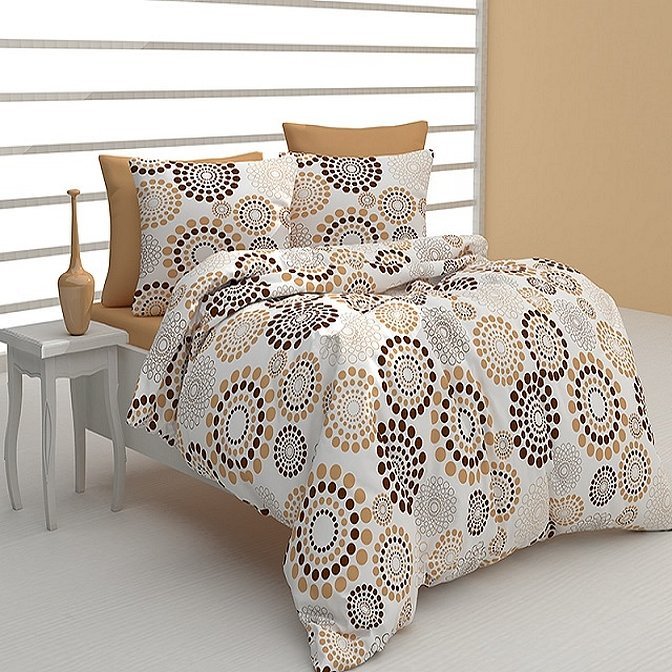
In general, all the advantages of the fabric indicate that the fabric definitely deserves attention. Reviews of polycotton are also mostly positive. This fabric has found its application in sewing bed linen, work clothes, and robes.

